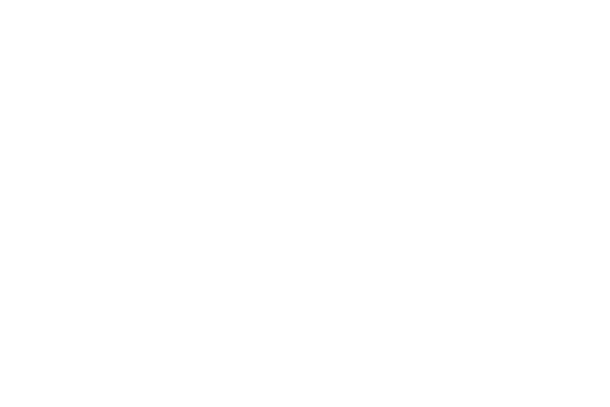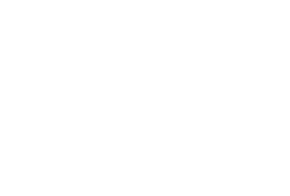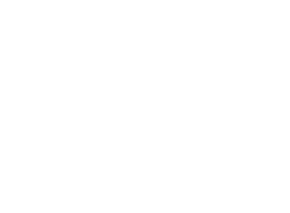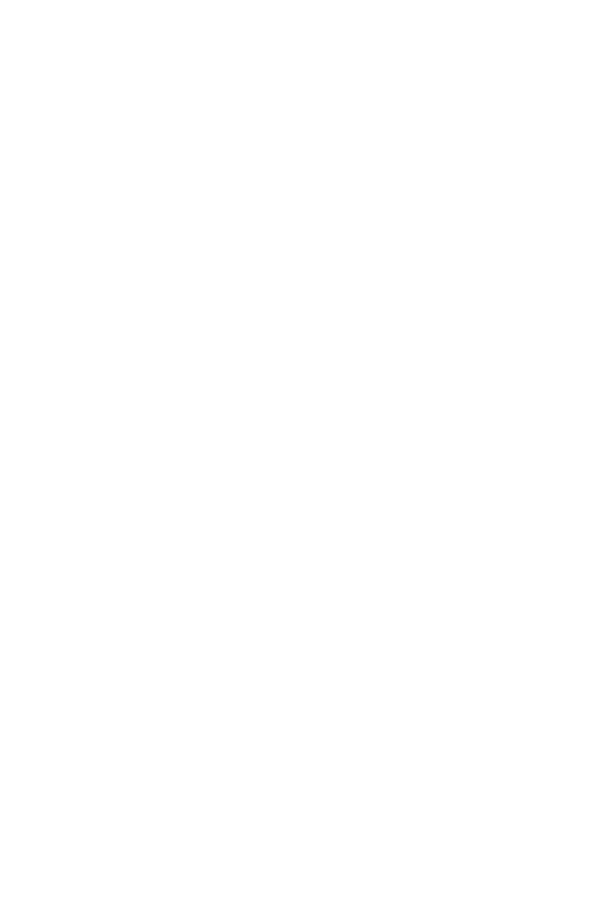 |
 |
 |

|
Indre Stulgaite-Kriukiene: ‘Spall’ 2008;
ground, cut and polished optical glass
Photo: Aleksandr Sidorenko
|
|
 |
BALTIC GLASS ART
Ideas, Inspirations and Approaches
The three Baltic States Estonia, Latvia and Lithuania have centuries-long glass making traditions. The development of contemporary glass art was significantly influenced by the fifty years of the Soviet occupation. The last nineteen years of independence from the Soviet Union and accession to the EU have opened borders and new horizons. This gave the opportunity to showcase the Baltic glass art and the acquisition of new directions in glass making.
|

|
Posted 18 January 2014
|
Share this:
|
|
|
|
|
|
|
|
|
|
There are approximately thirty glass artists actively working in each of the three Baltic countries at the present day. They have taken part in various internationally acknowledged glass art exhibitions and competitions. The artists have been short-listed and won several prestigious competitions, for example ‘The Ebeltoft Prize’ in 1997 by Marta Gibiete; Silver Medal of ‘The International Exhibition of Glass Kazanawa’ in 2001 by Ivo Lill; Talent Award of ‘The Jutta Cuny-Franz Memorial Award’ in 2009 by Kristiina Uslar and many more. Several glass artists from Estonia, Lithuania, and Latvia not only have been actively participating in the glass events around the world but also have been organizing several international glass events in the Baltic States. Some of the latest were the exhibition ‘Vitrum Balticum: Young and New’ in Lithuania, the glass symposium ‘Glass Garden’ in Latvia, the Haapsalu Glass Days in Estonia, and many other group and individual glass exhibitions. This international acknowledgment only proves the ability of Baltic glass artists to supplement new ideas and approaches of glass making to the whole glass artists community in the last two decades. Still, discussion about Baltic glass has been very rarely included in the history of contemporary glass art. This situation is slightly changing by introduction of this subject in articles of glass art magazines, by an academic research and by presentations given at various conferences.
|
|
|
|

Marta Gibiete: ‘Swarm’ 2008;
author’s technique, glass and copper
Photo: Marta Gibiete
|
|
|
|
|
|
|
The development of glass art in the region has been strongly linked to the Departments of Glass Art at The Estonian Academy of Arts, The Art Academy of Latvia, The Vilnius Academy of Arts, The Kaunas Art Institute, The Riga Design and Art School and The Higher School of Applied Arts in Kaunas. These establishments have been the main centres of acquisition of a new knowledge and distribution of information for several decades. The professors and lecturers are locally and internationally acknowledged glass artists. They have also brought new knowledge and influences to the glass art in Estonia, Latvia and Lithuania.
The most important influence for the contemporary Baltic glass art comes from Czech glass. The Estonian artist Maks Roosma and the Latvian artist Arnolds Vilbergs studied cold glass techniques in the 1930s and in the 1960s respectively in the former Czechoslovakia. Influenced by the new concepts and approaches to glass art they changed the way of using glass in their creative artist practice once they returned home. In addition they passed on the new techniques and concepts to the next generation through their teaching at art academies. A new wave of Czech influence came in the 1980s through the use of abstract and geometric forms in sculptural artworks. This can be still seen in the artworks of Eve Koha, Dainis Gudovskis, Arturas Rimkevicius a.o.
|
|

|

|

|

Tiina Sarapu: ‘Golden Fields’ 2009;
author’s technique, fused and sandblasted glass
Photo: Tiina Sarapu
|
|
Foreign influences on Baltic glass art in the last two decades are not so clearly detectable as they were before. However, the development of glass art in the Baltic States is still influenced by the availability of facilities and the preference for certain glass traditions from the 1950s to the 1990s. Artists realize their artworks continuing the Eastern European approach to create artworks using available facilities and materials in combination with extensive knowledge and the application of various glass techniques. This is based on the fact that Latvian, Estonian and Lithuanian artists have to work in relatively poor facilities and using less expensive materials. Nonetheless, they create artworks of high quality.
The ideas behind the artworks are mainly influenced by nature, architecture, personal experience, and sometimes even ethnographic features. Recurring motifs, geometric shapes and use of colour bear witness to the artists’ closeness to traditional culture. The closeness to traditional culture in the twenty-first century dates from the time of the Soviet occupation when the three countries had an information vacuum about art processes in the West. Many Western artists were influenced by one art movement or another. Estonians, Latvians and Lithuanians had to find sources of inspiration elsewhere. Thus ideas were found in centuries-old traditions deep in the culture of each nation rather than by looking at parallel art movements in the rest of the world. This however is changing at the present day. Emerging glass artists, such as Brigita Zel?a and Julija Pociut? as well as established artists, such as Inguna Audere, Tiina Sarapu, Egle Kartanait? create conceptual ideas in glass the same as their peers around the world. Still the presence of abstract forms and ideas is very strong.
|
|
|
|
|

|

|

|
The collapse of glass industry strongly influenced the use of hot glass facilities in each of the countries. Nowadays there are three hot glass studios in Lithuania - ‘Vilniaus Stiklo Studija’ (Vilnius Glass Studio), ‘Glasremis’ and ‘Stiklo Paslaptis’ (Secret of Glass). ‘Dunovglass’ is the only one hot glass studio in Latvia, but there are several small hot glass studios throughout Estonia. Artists such as Maie-Ann Raun, Eino Mäelt, Kairi Orgusaar, Juris Dunovskis, Inita Emane, Remigius Kriukas, Indre Stulgaite-Krukiene, Valmantas Gutauskas a.o. mainly realize their ideas using hot glass techniques. The artworks are created at aforementioned studios or in the course of glass symposiums or other glass events. Few glass artists realize their works in other countries but many others choose different techniques for exploration of their ideas.
The lack of hot glass facilities over last twenty years was filled by introduction of kiln glass techniques at art academies in all the three countries in the 1990s. The extensive knowledge of these techniques was acquired from artists in the USA and Europe as well as workshops organized in Scandinavia. It was a way to continue to explore ideas in glass using less expensive equipment and materials. Most of the sculptural and architectural glass artworks have been created using combinations of various glass-making techniques. For example, Anda Munkevica combines kiln formed glass with cold worked surfaces, Kai Kiudsoo-Värv on the other hand pâte de verre parts with flat glass, Rait Prääts uses painting on glass together with fusing, but Anitra Berzina combines polished optical glass with sandblasted drawings, etc. Nonetheless, few techniques have been used separately. One of them is pâte de verre, which is widely applied by Estonian glass artists. Each of the artists has different approach; from Mare Saare’s exquisite flower series, Maret Sarapu’s delicate Estonian traditional collars to Kristiina Uslar’s complicated structures. In spite of its popularity in Estonia, this technique has been very rarely used in artworks of Latvian and Lithuanian glass artists.
|
|

Mare Saare ‘Renaissance’ 2010;
pâte de verre, glass powders fused in sand mould
Photo: Mare Saare
|
|
|
|
|
|
|

Anna Vesele: ‘River’ 2009;
water-jet cut and polished glass, metal
Photo: Anna Vesele
|
|
|
|
|
|
|
The availability of materials and facilities and financial reasons have played an important part in the choice of the use of flat glass instead of other glass types. Artists are discovering new ways of using flat glass not only in two-dimensional works but especially in three-dimensional sculptured artworks. Thus slumping is widely used in whole region. This technique allows the artists to play with the fluidity of glass in creation of natural shaped artworks (Barbala Gulbe, Vineta Groza, Eeva Käsper a.o.). Another even more popular approach of the use of flat glass is assemblage that consists of a combination of flat glass parts with different materials. This is clearly seen in the artworks of Marta Gibiete, Anna Vesele, Ieva Strazdina, Eeva Käsper, Merle Bukovec, Viktoras Dailidenas a.o. Nonetheless the groups of artists who are working in similar ways, each of them tries to find their own approach that has no equivalent in other artistic practices.
In conclusion, it can be said that Estonians are continuing to be pioneers in the development, introduction and research of less known glass techniques in the region. Latvian and Lithuanian glass artists however build their practices on their traditions of glass making still being innovative in their approaches. This demonstrates the potential for glass art development in the Baltic States through the artworks that have gathered the essence of traditional and contemporary approaches of glass making.
The article is based on Anna Vesele’s Ph.D. thesis, which was carried out under supervision of Professor Sylva Petrova at the University of Sunderland.
Published in Fjoezzz 2010
Anna Vesele is originally from Latvia. She came to England for her MA Glass and later practice-based PhD studies in 2005. The title of her thesis was ‘Baltic glass: The creation of new artworks based on historical and contemporary contextualization’. She has participated in several glass symposia and exhibitions throughout Europe since 2001.
|
|
|
|
Location of the main museums and art galleries holding collections of contemporary Baltic glass
Museums
The Estonian Museum of Applied Art and Design
17 Lai Street
EE-10133 Tallinn, Estonia
www.etdm.ee
The Estonian History Museum
17 Pikk Street
EE-10123 Tallinn, Estonia
www.eam.ee
The Museum of Decorative Arts and Design
10/20 Skarnu Street
LV-1050 Riga, Latvia
http://www.lnmm.lv/en/dmdm/
The Mentzendorff’s House. Townsmen's Dwelling House-Museum. 17th -18th centuries
18 Grecinieku Street
LV-1050 Riga, Latvia
http://mencendorfanams.com
The Lithuanian Art Museum
5 Bokšto Street
LT-01126 Vilnius, Lithuania
www.ldm.lt
The National M. K. Ciurlionis Art Museum and the Mykolas Zilinskas Art Gallery
12 Nepriklausomybes Square
LT-44311 Kaunas, Lithuania
www.ciurlionis.lt/
Galleries
Glass Gallery
6 Laipu Street
LV-1050 Riga, Latvia
www.stiklagalerija.lv
Stained Glass Manufacturing Gallery
6-8 Stikliu Street
LT-01131 Vilnius, Lithuania
www.stainedglass.lt
|
|
|
|
|
|
|


